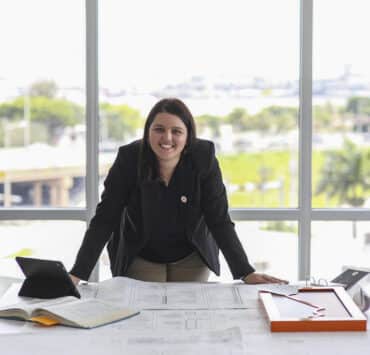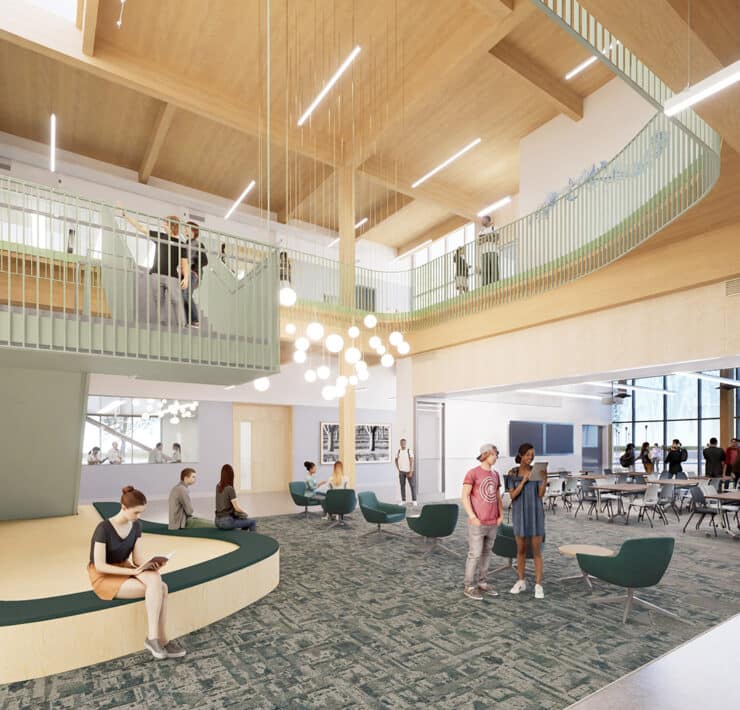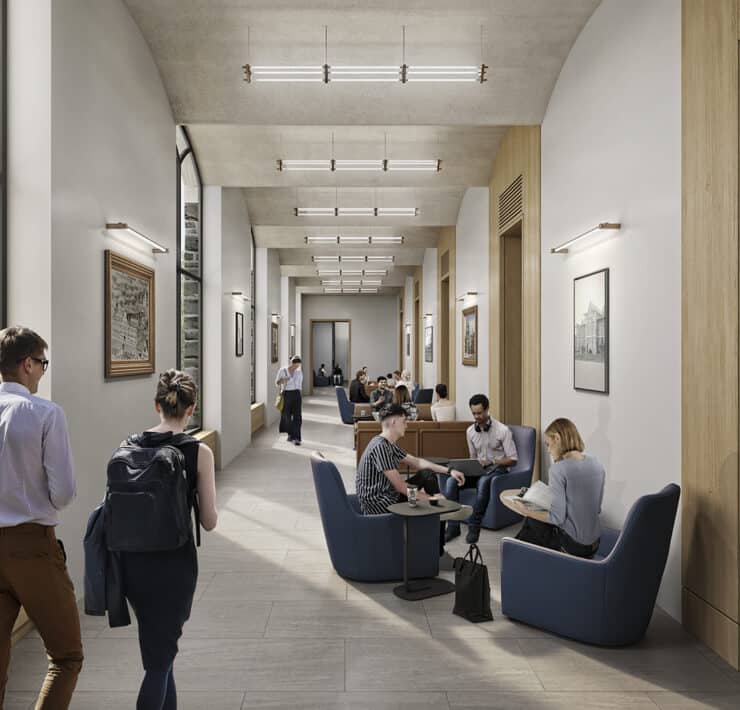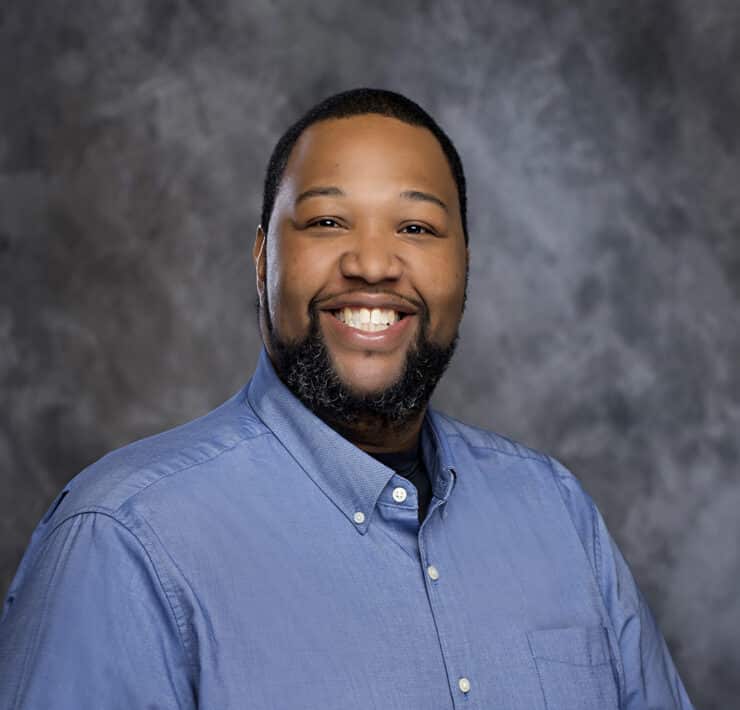
|
Getting your Trinity Audio player ready... |
It’s on Mark Murbach to make traditional high schools function in a decidedly nontraditional way. What’s more, he has to do it within the financial structure of a charter school system: based not on what property taxes can be raised, but according to a per-student-enrolled budget that can change from year to year.
Murbach is the director of facilities and property management for Colorado Early Colleges (CEC), founded in Colorado Springs. The institution is made up of 11 schools: 6 high schools, 3 middle schools, and 3 “college direct” campuses. Meanwhile, the course curricula support the name “early colleges,” as a good portion of the students earn college credit while simultaneously earning a high school degree. In fact, some students earn a full college bachelor’s degree by the time they graduate CEC.

It should be obvious, then, that CEC is not your typical American high school: students spend their days building robots and diving into advanced calculus, whether they’re being taught by staff or at home. On some campuses, up to 20 percent of the students are homeschooled; CEC provides them with laboratories and other functions that is difficult to replicate in a home environment.
In fact, part of what draws students to this tuition-free charter education is such things as robotics and aviation laboratories, where they get hands-on mechanical engineering instruction and sufficient experience with drones to earn professional drone pilot certifications.
“The idea is we allow kids the opportunity to try and explore something that is new to them.”
Mark Murbach
This is where Murbach’s task gets interesting. Because those facilities were formerly traditional high schools or big box stores, he is able to convert spaces such as gyms for other purposes, including drone piloting instruction. Most CEC schools do not have traditional physical education, thereby freeing up that space.
One such location, in Fort Collins, is a repurposed 90,000-square-foot warehouse. “This is where we have our ‘maker space,’ a massive workshop for woodworking and building classes,” Murbach says. It was retrofitted with the power and safety requirements of manufacturing space and includes 3-D printing equipment and tools for laser engraving, intertwined with CAD capabilities that tie it all in with digital learning.
So while a large portion of CEC students are actually earning college degrees, the schools don’t neglect students who elect to join apprenticeships and trades.
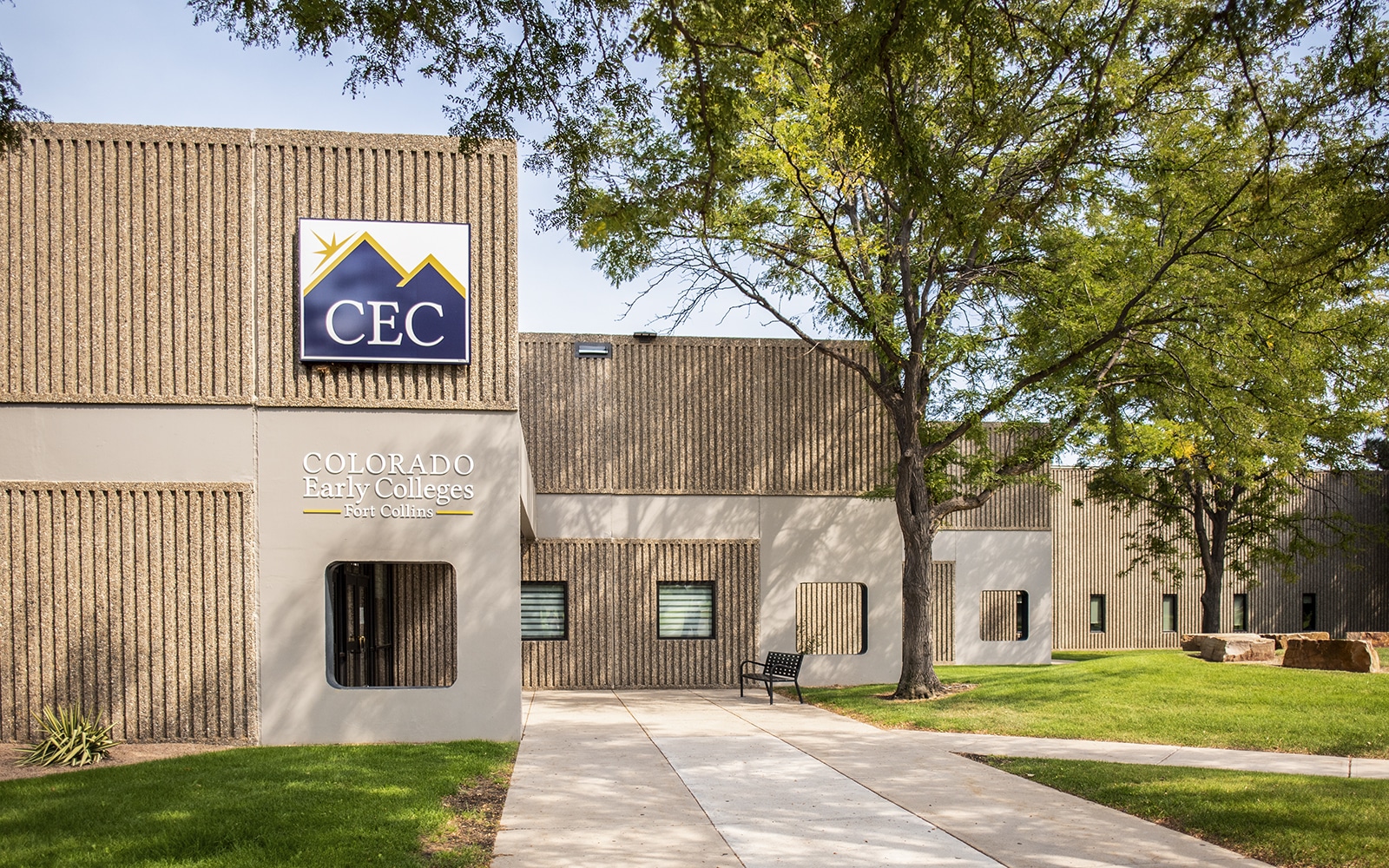
“This education addresses shortages in the market,” says Murbach, whose own background includes a bachelor’s degree in facilities planning and management and a facility management professional (FMP) certification.
Another feature of the CEC high schools are green screen rooms, used for video production instruction, which Murbach says exposes students to the video industry. It’s one of many structured pathways that fast-tracks kids into a community college or university major. “The idea is we allow kids the opportunity to try and explore something that is new to them,” he says.
The CEC schools also serve as testing centers for technical courses, such as AutoCAD, Microsoft Office, and Adobe. These involve monitors and desktop computers, appropriately spaced and with the power cords required to support them.
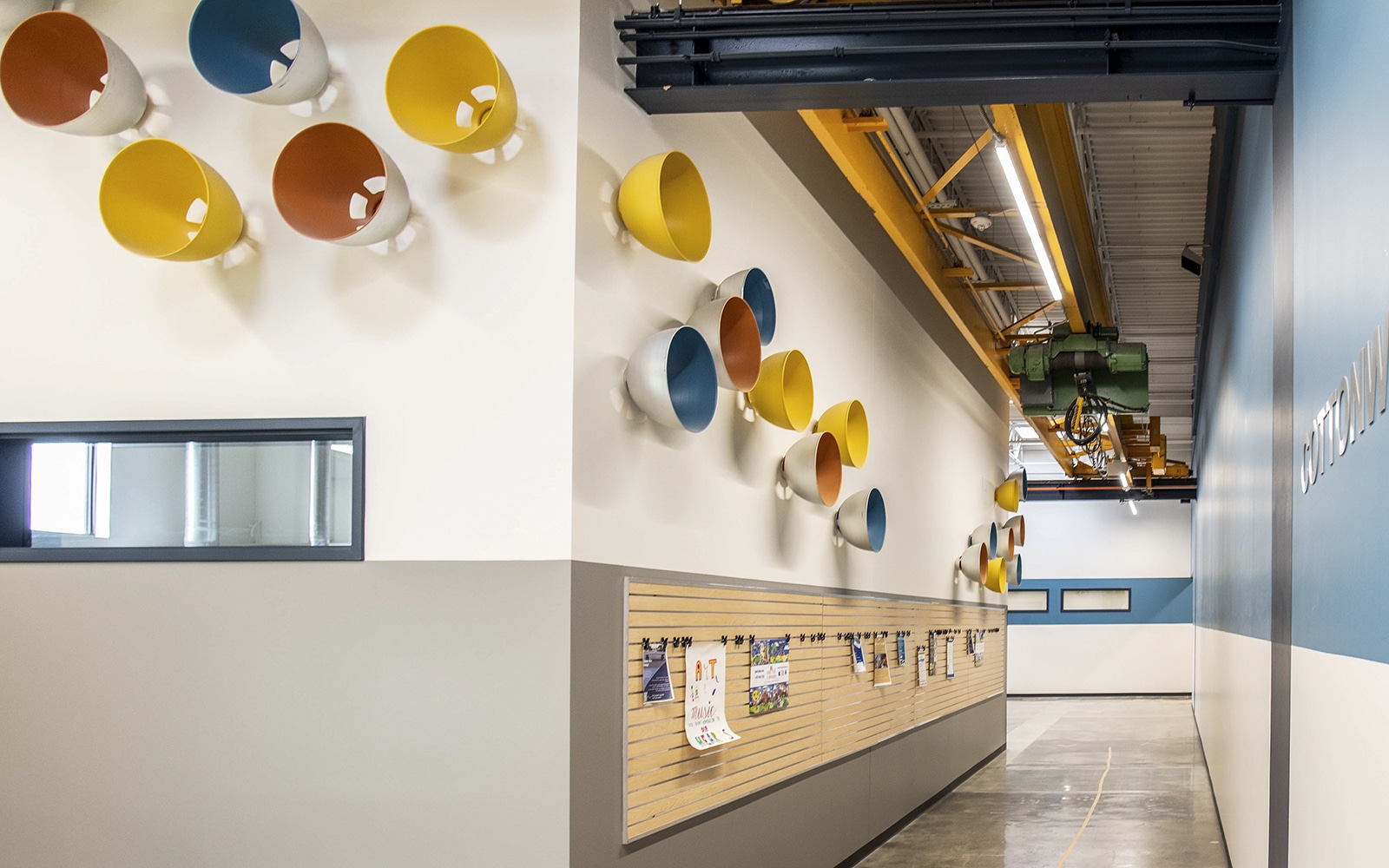
Through this conversation, it’s apparent that Murbach is basically a microeconomist. Unlike a facilities manager in a traditional public school, he has to make the schools operate within that enrollment budget—and generate income where prudent and possible. Which means if a space is underutilized, it can be rented out.
“We have many tenants,” he explains. “Half of what I do is onboarding and managing them.” Those renters include other charter schools, mostly prekindergarten and K-5 schools, some for-profit ventures (including a trampoline park), and a technical university. “Big buildings with high ceilings are right for some of these organizations.”
But to be clear, CEC more than makes do with what they have. In the case of cafeterias, this is a thoroughly progressive venture that triumphs over the typical bad high school cuisine.
“All schools are supported by CEC scratch kitchens,” Murbach explains. “Our food is locally sourced, and some is grown on-site. Very little is prepackaged food.”

With about 10,000 square feet of dedicated kitchen space, the system also serves as a farm-to-school lesson for students: some work in the kitchen, while others get involved in the grow operation. Students plant the seeds, nurture the plants in raised beds, then harvest the produce.
Murbach has been in his position since mid-2020 and credits his predecessor and chief executive administrator for growing CEC’s footprint with added facilities. But his mission is different: to manage those facilities—including capital improvements and costly maintenance projects—with a zero-based budget.
This isn’t easy, he explains. “I have to write grant proposals for state capital funding,” he says. “Fortunately, we have reserves, plus vendors invested in the success of CEC. We work together to find cost-effective solutions.”
Murbach is a problem solver that the CEC students, stereotype-defying kids they are, can observe and learn from.
